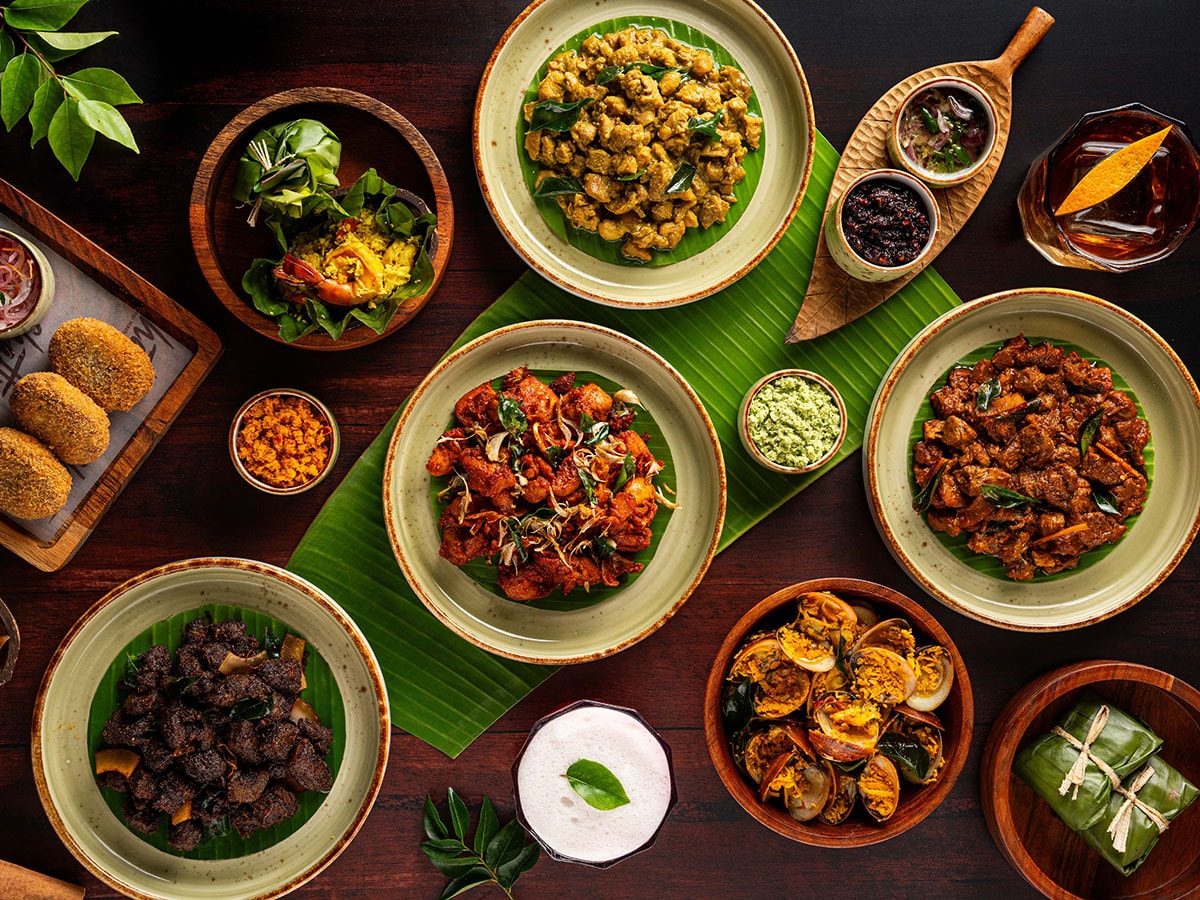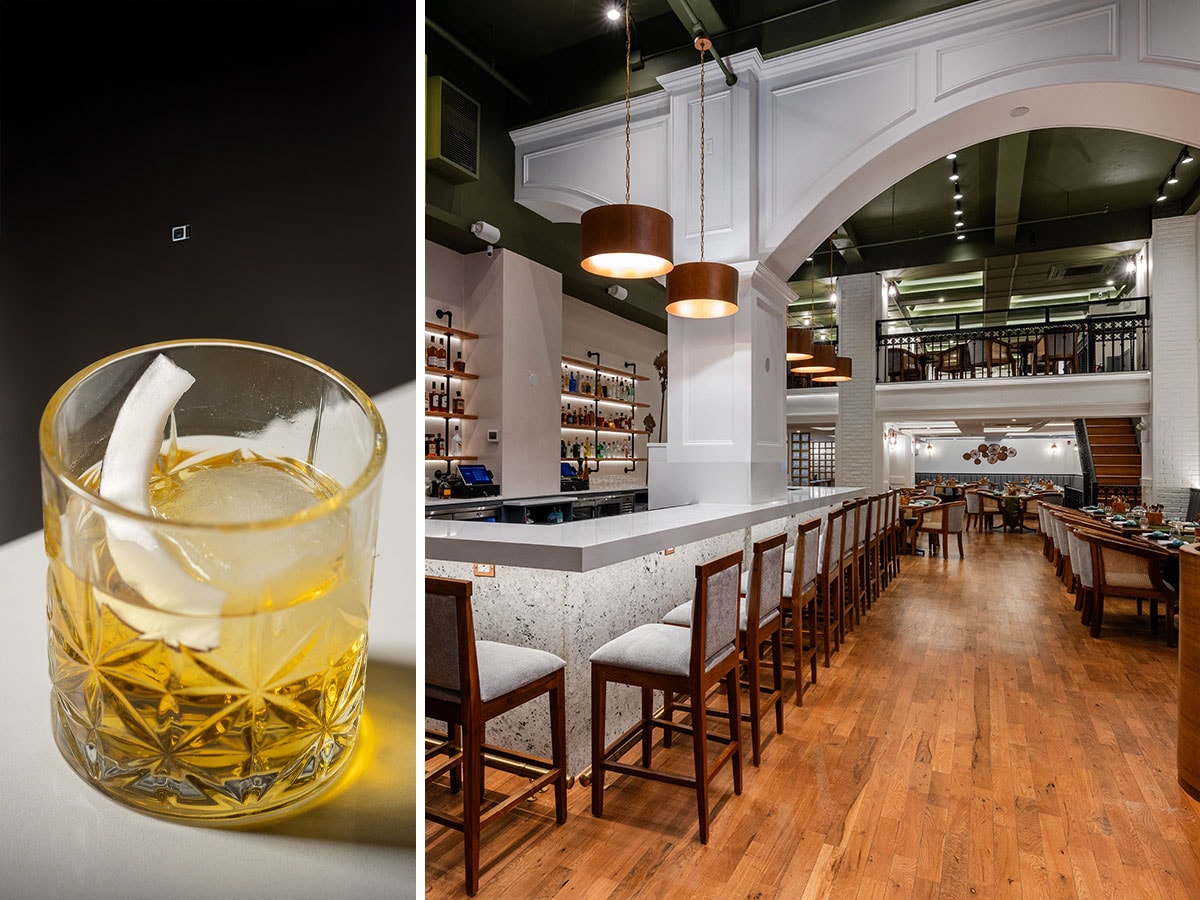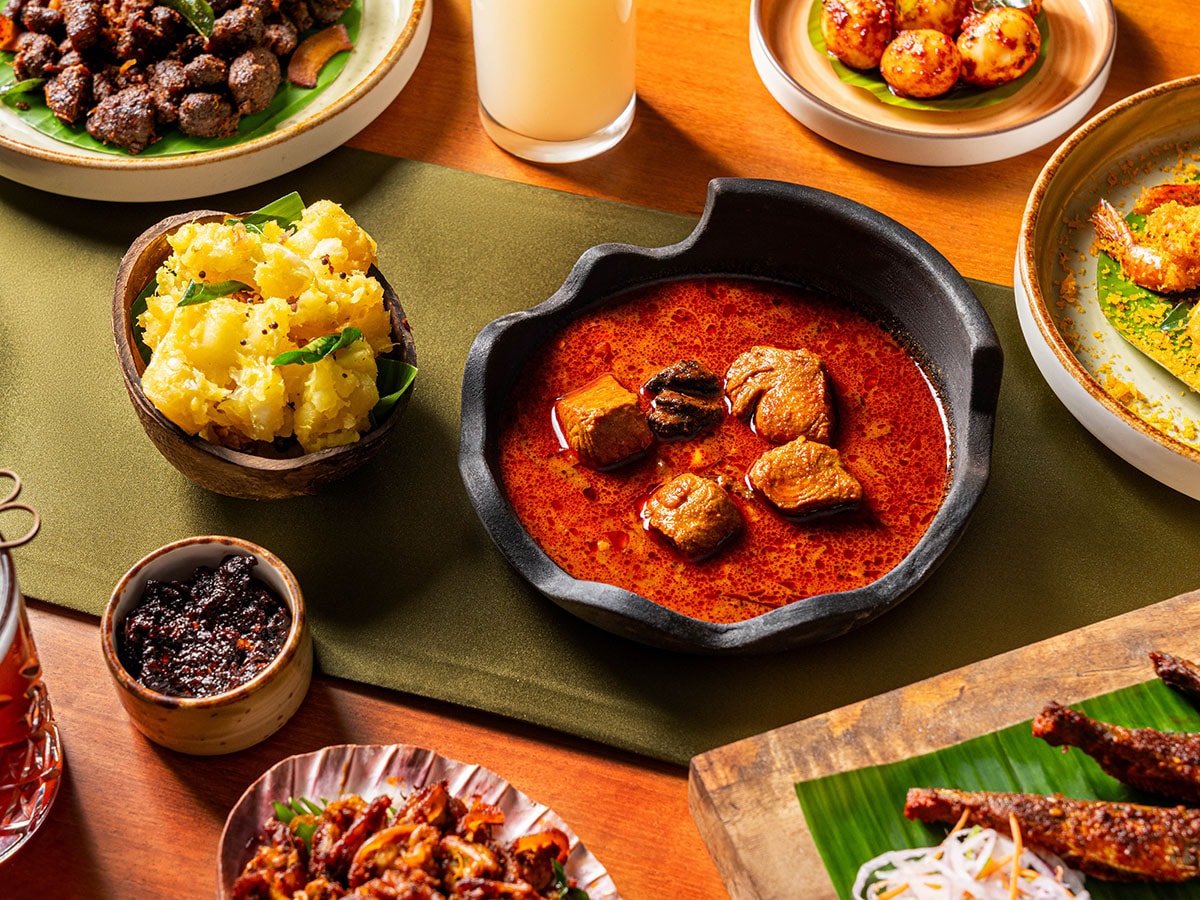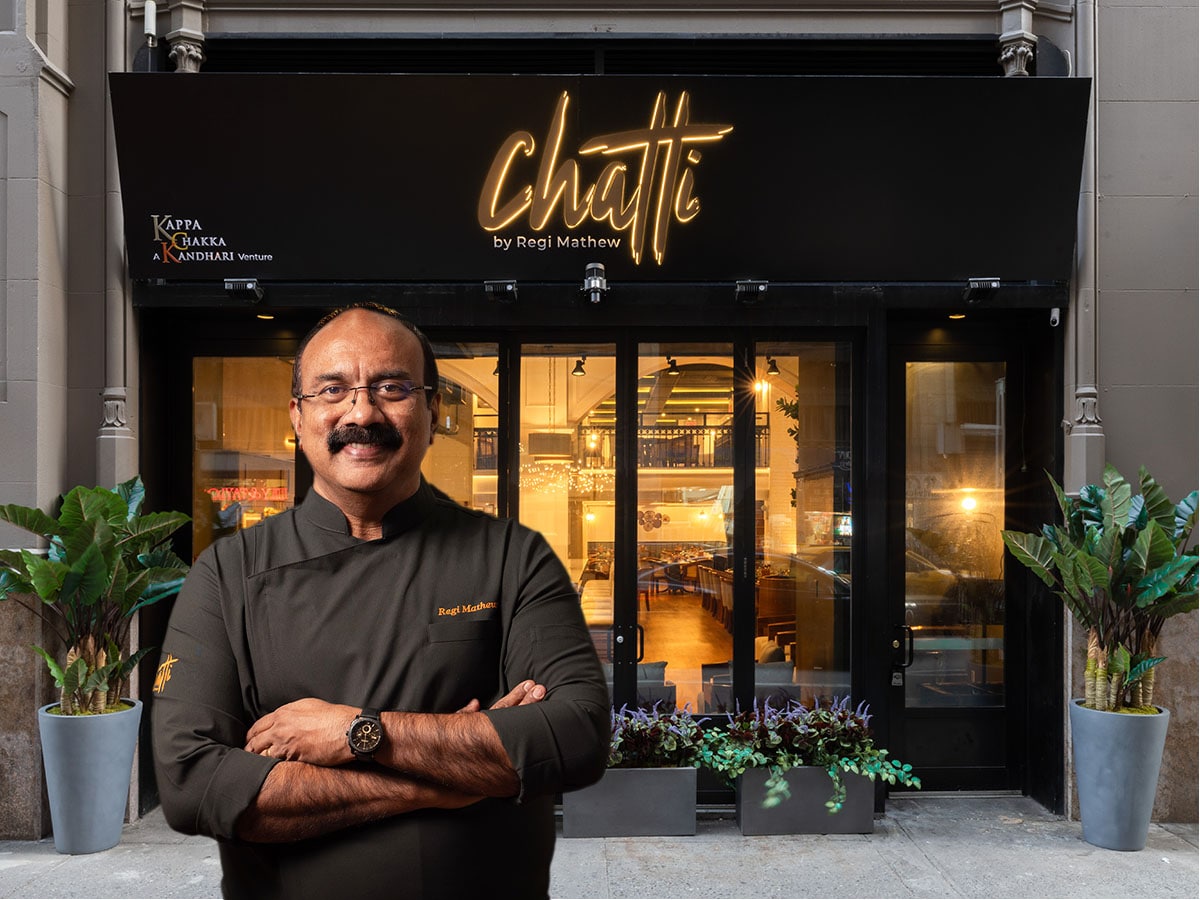The Kottayam-born chef now wants his food to transcend geography, making his first international foray with a New York restaurant that opened on February 12. Chatti, named after a traditional Malayali clay cooking pot and set up with an initial investment of around $3.5 million, wants to introduce the Big Apple to a micro-cuisine of Kerala—that of the toddy shops. Mathew says he visited over 100 toddy shops in Kerala over three years and feels confident that his 3,500 sq ft, 80-seater outlet, located within five minutes of Times Square, will craft a unique space in a landscape that’s dotted with well-known Indian restaurants—celebrity chef Vikas Khanna’s Bungalow, the Michelin star-winning Semma, and award-winning chef Chintan Pandya’s DhaMaKa, among others. He spoke to Forbes India over a call from New York to explain his food philosophy, plans of scaling up and how he plans to appeal to the palate of his global clientele. Edited excerpts:
We visited around 100 toddy shops and some more houses in Kerala [to research for the menu]. New York is a market for the best of the best things, so clients and guests also appraise you in that way—we didn’t want to make any errors. We did a study on what kind of cuisine can come to a place like New York and decided to use toddy shops as the guide, because they show the vibrant food culture of Kerala.
Not many people know the food that is available in each one of our regional cuisines. I’ve picked Kerala because that’s the place I belong to, and I wanted to proudly present it to people. Because New York is multinational, and eating out habits are different, I thought it is good for me to showcase this on the larger stage.
Q. What are the dining trends in New York that convinced you to open here?
In New York, you rarely find food from our native regional cuisine. You have a lot of Indian restaurants, established ones, but nothing that provides a typical Kerala specialty restaurant experience. I thought this was an opportunity, because the food culture of toddy shops is so unique. The experience is about sharing—people come here to eat in the evenings, have small touchings (starters) with a lot of conversation. So, the ambience [of Chatti] is warm, it’s well-lit where people can talk and see each other.
 A tableau of Kerala home recipe inspired starters
A tableau of Kerala home recipe inspired starters
Image: courtesy LAH Studios
Q. The New York market has been notoriously tough. What sort of challenges have you met or do you foresee?
I’ve just started my restaurant here. So far, I’m being positive because people are encouraging. There is a vacuum in the regional Indian food market here. While there are a lot of established Indian restaurants, I didn’t want to go down that route, but instead present something unique.
When it comes to the food, the first question everybody asks me is if it is going to be spicy. My definition of spiciness isn’t in terms of being pungent or hot, it is in terms of being flavourful—because we use a lot of quality ingredients they don’t give people the feel of that irritating spiciness. It’s something I learnt from my experience of researching in the toddy shops as well as Malayali homes. Even in New York, we follow the same style of cooking, so we will have the same outcome.
Also read: Beyond butter chicken in America
Q. In terms of your diners, are you targeting the city’s large diaspora or also a global audience?
I want the Indian diaspora to feel proud of their cuisine, and bring other nationalities to this restaurant to show them what our food is. For the expat community, it’s tough to find elsewhere the food that is cooked in their kitchen. But at Chatti, most of the people that I’ve met are excited to bring their friends from other communities. So, while the Indian diaspora definitely is one of the targets, we are also looking at the global food audience.
 Malayali Old Fashioned (left). A view of Chatti from the bar
Malayali Old Fashioned (left). A view of Chatti from the bar
Image: Alex Staniloff / Chatti
Q. For them, are you repurposing any part of the menu to suit the global palate?
No, I would rather introduce the global audience to what toddy shops and homes in Kerala have. I know that my food isn’t spicy, I know it’s tolerable for any kind of palate, and we have some stews that will suit the palate of those with zero tolerance [for heat].
On the menu, the seafood is going to be special. We come from a land blessed with a long coast and backwaters, and even the toddy shop culture has a lot of seafood. One of the dishes people really liked during the trials is prawn pouches steamed in banana leaf. Our favourite mutton is a big hit here, as is the beef fry.
Q. Do you have plans to scale it up further in the international market?
I do one restaurant at a time. I wanted to concentrate on this and establish it as a model for a restaurant that every Indian can feel proud of. It’s too early to make plans for the future. I take it one day at a time.
 Fish curry and tapoica among the spread
Fish curry and tapoica among the spread
Image: Courtesy LAH Studios
Q. Is this a bootstrapped venture?
Because we are an Indian company, we need some local investors as per the law of the land because of issues like licencing. So, we’ve formed a company here with some local investors, but the restaurant is going to be managed by us. The cooking team, though, is from India and has staff that have been working with me for a long time. The support teams and the front of the house teams are from here. It helps give confidence to diners to walk into the restaurant and say that this place looks truly international.
Q. Are you planning to expand KCK into India?
Operating a restaurant is a big process. This is not a scalable restaurant. I’m not saying you can’t offer multiple outlets, but, for me, I always believe in focus. Even from Chennai to Bengaluru, it took several years for us. It’s all going to be based on how this performs as a unit. Then we’ll evaluate options.
 Chef Regi Mathew, Founder Partner, Chatti, New York Image: AlexStaniloff / Chatti
Chef Regi Mathew, Founder Partner, Chatti, New York Image: AlexStaniloff / Chatti 


